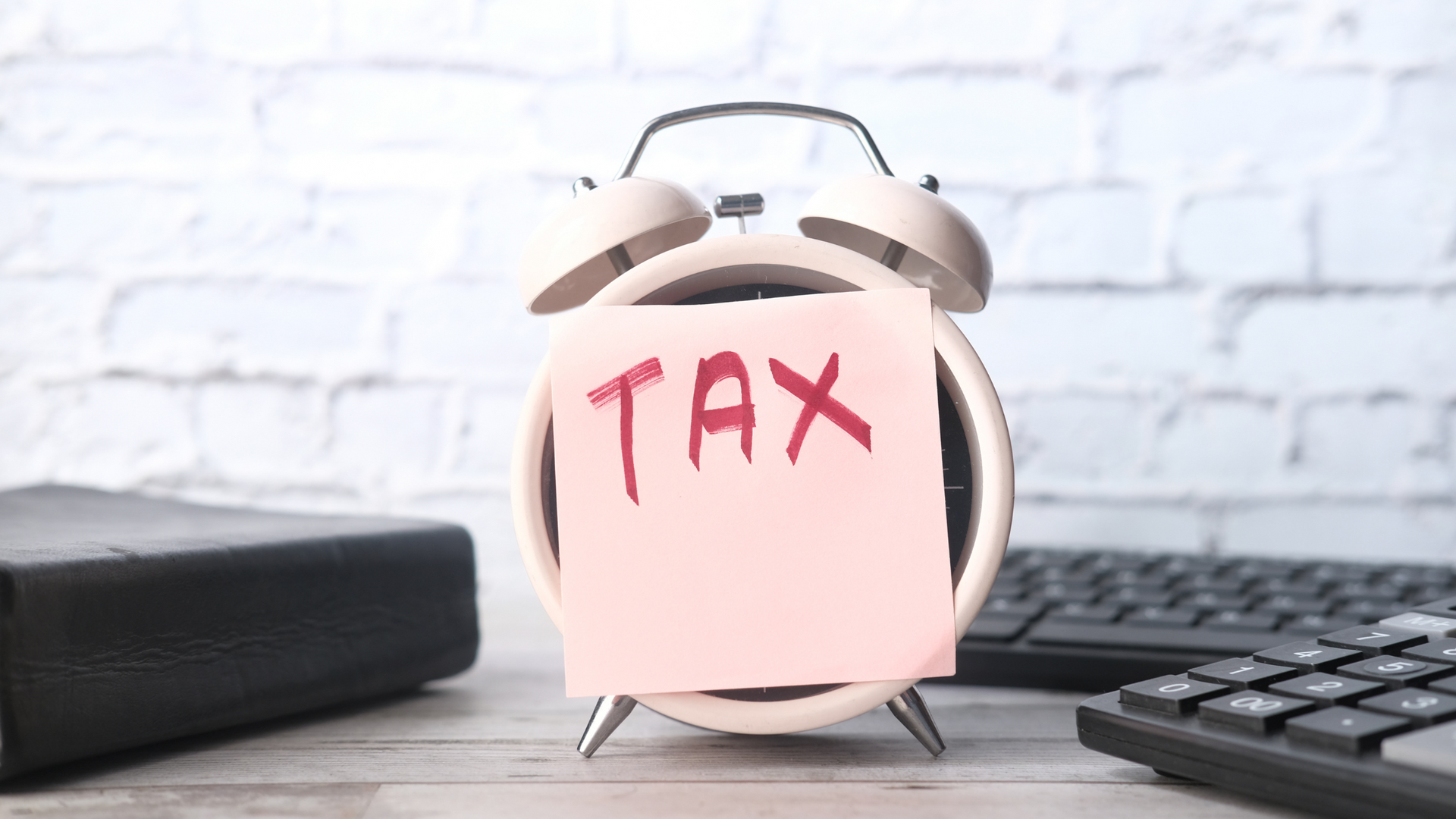What is a tax code?
What is a tax code?
Do you know your tax code? If not, you're not alone. Many people in the UK don't know what their tax code means or what it does.
HMRC tax codes are used to indicate to employers and pension providers how much tax should be deducted from an employee's wages. There are many different tax codes in the UK, and each one has a different meaning.
If you don’t know what your tax code is you can check it online
here
Every year HMRC will send out a letter to you which contains your tax code.
There are standard codes for each tax year. Your tax code depends upon your circumstances; it may contain different numbers or letters.
Emergency tax codes
From 6th April 2022 emergency tax codes are as follows:
- 1257L W1
- 1257L M1
- 1257L X
Why would I need an emergency tax code?
If you start a new job you may be put on an emergency tax code or if you start employment after being self-employed. This will be because your new employer will not have received your P45 and therefore doesn’t know enough information about you. Being on an emergency tax code will mean you pay over the amount of your personal allowance but it will only be a temporary measure.
Regular tax codes
For most people who only have one job or pension their tax code would usually be 1257L.
What do the letters mean in my tax code?
- L- Standard tax-free personal allowance
- M - Marriage allowance - you have received 10% of your partner’s personal allowance
- N - Marriage allowance - you have transferred 10% of your personal allowance to your partner
- T - Your tax code includes other calculations to work out your Personal Allowance
- 0T - Your personal allowance has already been used up or you’ve started a new job and your new employer doesn’t have the details they need in order to give you tax code.
- BR - All your income is taxed at the Basic rate. This usually means that you have more than one job or pension
- D0 - All your income and pension is taxed at the higher rate, again this is usually when you have more than one job or pension
- D1 - All your income is taxed at the additional rate, usually if you have more than one job or pension
- NT - You don’t pay tax
- S - Scottish rates - there are various tax codes starting with an S which relate to Scottish rates
- C - Welsh rates - there are various tax codes starting with a C which relate to Welsh rates
- K - you have income that is not being taxed and is worth more than your tax-free allowance.
If you need any assistance with tax codes please get in touch









